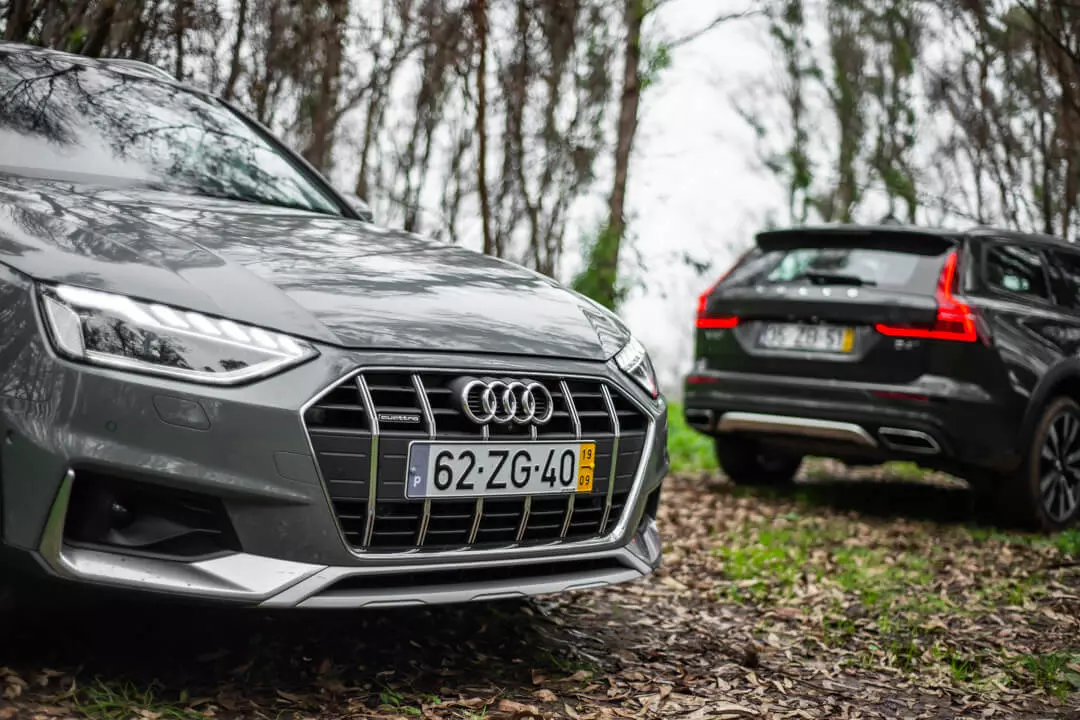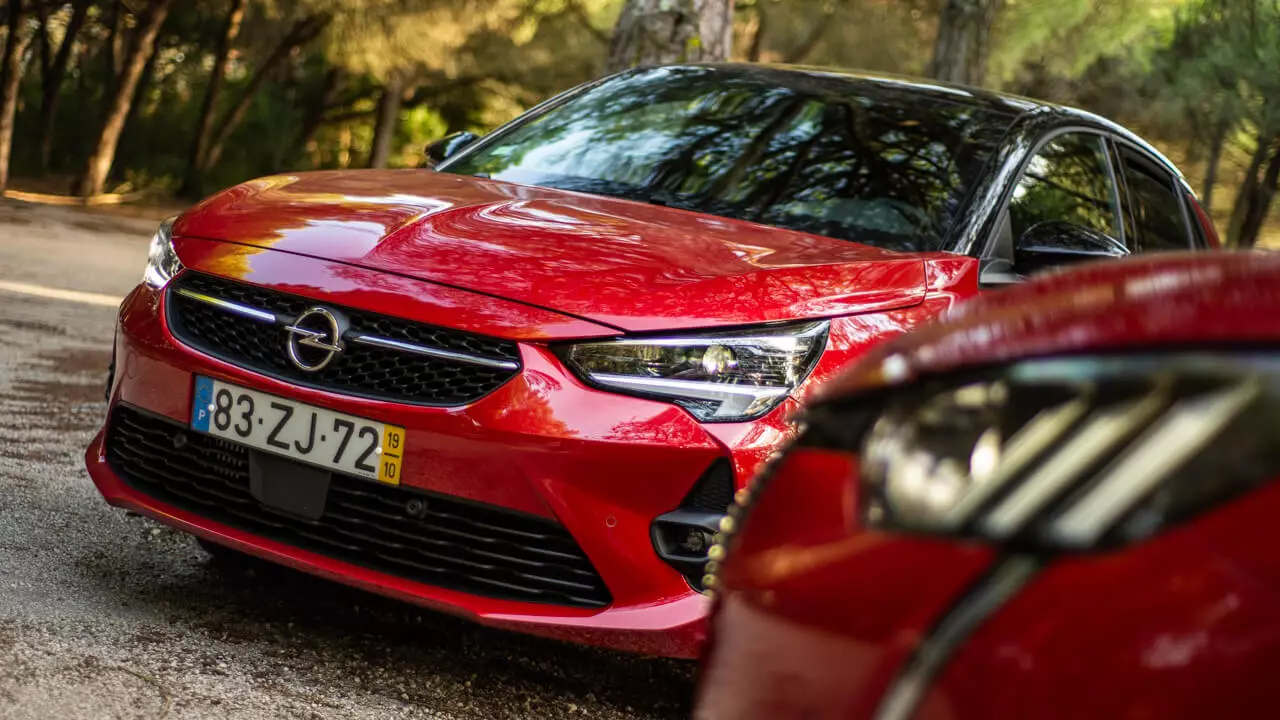A quick but thorough look at the two acquisition models most used by professionals — LEASING and RENTING . From what characterizes them, to the advantages that each one has to offer.
LEASING
What is it?
Financing Model for new or used vehicles (with itemized VAT, in the case of used ones) during a certain period, usually between 12 and 96 months. Does not include services, only vehicle financing.Who is it for?
Companies, Public Administration, ENI and individuals. Proposed by financial entities or car brands acting on their behalf.

How much does it cost?
Payment of a monthly installment with a fixed or variable interest rate (spread plus indexing).How is the installment calculated?
The installment is calculated based on the vehicle acquisition cost, the contract period, the first rent and the residual value at the end of the contract. The residual value, which can be translated into the last installment of the contract (leaving the customer the option of keeping the vehicle or returning it), depends on the amount of the monthly installments.
What defines you?
Considered as a vehicle purchase. It is guaranteed by release and reservation of ownership. The customer can purchase the vehicle at the end of the contracted period, upon payment of the residual value.Subscribe to our newsletter
What else does it include?
Lower interest rates compared to other financing models using credit, as well as greater flexibility in terms and down payment.
What are the most common requirements?
Although the product only includes car financing, the customer is obligated, on his own, to perform all maintenance recommended by the manufacturer , at the brand or at an authorized workshop, as long as the warranty offered by the brand is kept valid.The customer must pay IUC and timely carry out the mandatory periodic inspection of the vehicle. The customer must have their own damage insurance with reserved rights, under the conditions required by the contract.
Can I extend the duration of the contract?
Yes. As long as it does not exceed 96 months.
Can I terminate the contract and keep the vehicle before the deadline?
Leasing is a financing model, whereby it is possible to anticipate the full payment of the financed amount, according to the contractual conditions.What happens if I have to return the vehicle before the end of the contracted period?
Loss of the vehicle, of the amounts paid and possible payment of penalties for non-compliance with contractual clauses.
Who is responsible for the vehicle?
The Contractor is solely responsible for the use and conservation of the vehicle during the pre-contracted period.Can I sell the vehicle or transfer the lease agreement?
The customer is co-owner of the vehicle until the end of the contract, so the sale is possible. If you have chosen to acquire it, you will later receive documentation to carry out the transfer of ownership.

RENTING
What is it?
It is a car rental contract for a period of 12 to 72 months and/or predetermined, variable mileage. It invariably includes services associated with usage. For that reason, it can also be called Operational Vehicle Lease (AOV).Who is it aimed at and providing the service?
Intended for companies, ENI, Public Administration or individuals. Proposed by Fleet Managers or car brands acting on their behalf.
What does it require?
It involves the payment of a monthly rent calculated according to the type of vehicle, contract period and services included. No initial down payment is required, but there are offers that consider an amount for monthly income rebate purposes.How is income calculated?
The calculation of the rent takes into account the price of the new vehicle, its estimated value at the end of the contract and the costs of services included in the contract, including those for monitoring the contract by the Fleet Manager.
How do you define yourself?
considered a SERVICE , generally does not require bank guarantees. The vehicle is owned by the company providing the AOV financing and must be returned at the end of the contract. However, especially with private customers in mind, the fleet management company — also known as a rental company — may propose to the customer to purchase it, in line with the market value at the end of the contract.What does it include besides the vehicle?
With the exception of complete offers that require the joint contracting of vehicle and services, the customer can add services associated with the use of the car. In particular maintenance, insurance, travel assistance, payment of taxes, tyres, replacement car…
What are the most common requirements?
The customer must carry out all maintenance recommended by the manufacturer, at the brand or at an authorized workshop, as agreed. The customer must pay IUC, carry out the mandatory periodic inspection of the vehicle and ensure vehicle insurance under the conditions required by the contract, if this is not included.

If I have unlimited tires can I change whenever I want?
No. Except for exceptional and occasional situations that require prior authorization (tire defect or involuntary damage), the replacement of tires takes place when they reach the minimum size required by law or other pre-agreed upon, in locations stipulated by the rental company.Who pays the fines?
The customer or the designated driver of the vehicle is responsible for paying for all offenses committed, such as traffic fines or non-payment of tolls. The notice of infringement/liquidation is sent by the rental company.
What does all this mean?
The customer is solely responsible for the use and conservation of the vehicle, pledging to return it under the conditions described in the contract.What happens when the contract comes to an end?
The customer must return the vehicle to the indicated location. Upon delivery, the vehicle is inspected by an independent entity, which determines the value of the damage (dents or scratches on the bodywork, broken parts, dirty or damaged upholstery, mechanical damage caused by misuse of the vehicle, etc.).
If there is damage to the vehicle, what happens?
All damages that do not result from natural wear and tear caused by the conscious use of the vehicle are charged to the customer at the end of the contract.Can I avoid this?
At the beginning of the contract, the customer can opt for the so-called vehicle reconditioning insurance, which covers the payment of damages up to a certain amount. If you exceed this amount, pay the remainder.
What happens if you go over or don't use the number of kilometers?
It depends on the established conditions. As a rule, it implies an increase per kilometer exceeded or compensation per kilometer covered. There may be situations where it is more advantageous to return the vehicle before the end of the contract.Can I extend the duration of the contract?
Depending on the obligations of the initial contract, the lessor may allow the contract to be extended. Generally, this situation involves resetting the conditions.

What happens if I have to return the vehicle before the end of the contracted period?
It depends on the established conditions. There is usually an associated penalty for non-compliance with contractual clauses.Can I sell the vehicle or transfer the rental agreement?
It is not possible to dispose of the vehicle, as the customer is not the owner. The transfer of the rental right can be done by agreement of the parties involved. Any transfer to use the vehicle to third parties, beyond the limits of the contract, may lead to its cancellation.
LEASING vs RENTING
For companies, there is also a quick comparison between the characteristics and advantages of the Leasing and Renting acquisition models.
| LEASING | RENTING | |
|---|---|---|
| VAT deduction | Does not allow the deduction of passenger cars | Does not allow the deduction of passenger cars |
| VAT deduction on commercial vehicle, Plug-in hybrid or 100% electric? | The VAT Code allows companies to deduct 50% VAT on commercials and 100% on others | The VAT Code allows companies to deduct 50% VAT from commercial rents and 100% from other rents. |
| Autonomous Taxation (TA) | The TA rate is set based on the vehicle's acquisition value or the commercial value of the contract (acquisition value – residual value). Commercial vehicles are not subject to TA | The TA rate is calculated based on the purchase price of the vehicle that was used to calculate the rent. All expenses incurred by the vehicle, including contracted services, are subject to the same TA rate |
| TA for 100% electric and hybrid vehicles Plug-in | The former are exempt from TA. On Plug-in hybrids, the rate is reduced to 5%, 10% and 17.5%. With limits of 62,500 euros and 50 thousand euros for the purchase of the vehicle, excluding VAT, respectively | |
| Is there an accounting for the depreciation of the asset? | The vehicle is registered in the company's assets, with depreciation of the asset | No. The cost is charged under "External Supplies and Services" |
| What is the accounting impact? | The vehicle is included in the company's balance sheet, thus forming part of its assets. Therefore, it affects the company's solvency ratios and reduces its debt capacity | As this is not bank financing, the financial margin and the ability to resort to banks are maintained. Companies with IFRS treatment must recognize in the Balance Sheet the responsibility for the rents incurred with the car fleet under their responsibility |
Consult Fleet Magazine for more articles on the automotive market.
